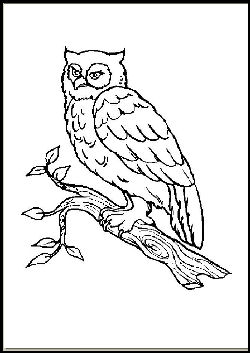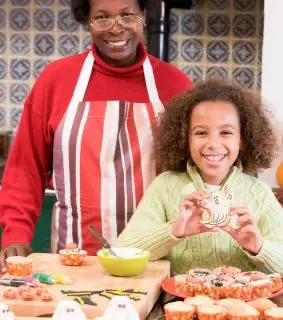Free Printable Coloring Pages for Kids
Coloring increases children's fine motor skills.
Begin children coloring by age 2, your two-year-old has just
started enthusiastically running, jumping and -- yes -- saying "No!"
Running and jumping are good for their development. It is important to
recognize the the need for fine motor skill development -- especially
young boys who tend to have difficulty sitting still to color.
Fine motor skills include precise
thumb, finger, hand, and wrist movements that are practiced through
tracing, scribbling, painting, cutting and
pasting.
Scribbling:
Create art with crayons.
Random scribbles come first, and then circular scribbles will emerge!
Try flat and vertical surfaces. For a good sensory experience, use
sticks to draw in sand on warm days or in the snow during the
winter.
Puzzles:
Your child will begin to complete 2- 3
piece puzzles with guidance. If your child has a favorite picture, paste
it onto heavy cardboard, and then cut it into a few simple pieces.
Puzzles are a great way to help your child develop coordination of
visual and motor skills.
Stacking Good Time:
Kids love to
stack. Help your child lea to stack blocks, empty thread spools,
raison boxes, sponges, or small containers. Tochallenge your child’s
fine motor movements, stack items that are small enough to fit in your
child’shands. This is great for hand-eye coordination, as well as
grasp and release movements.
Page Turner:
If your child loves story
time, make it as interactive as possible, whilerefining your child‚
hand movements. Help your child learn to open a book, turn a few pages,
and then turn only one page at a time.
Silly Putty:
Play
dough or silly putty is a great way to increase your child‚ hand and
finger strength. It is also a great way to introduce a new sensory
experience. Help your child pinch, squeeze, poke, and roll the dough.
Easy recipes for play dough can be found on the inteet.
Double
Trouble:
At this age, your child is beginning to use both hands
to play. Let your child carry empty plastic bowls, or two large apples
or oranges so they use two hands at once. This helps increase bilateral
hand use and strength.
Snack Time:
No doubt your child
loves to pick up small objects. They might use their whole hand at
first, and then will lea to use their thumb and fingers to pick up
objects. Give your child cheerios, raisins, or marshmallows to help
lea to use a pinch-like grasp. Make sure to supervise your child, to
avoid choking.
About Us-
Contact Us -
Privacy Policy©2023 TheParentVine.com a brand owned by GADL Enterprises, LLC. All rights reserved.
TheParentVine.com earns commissions on products sold.
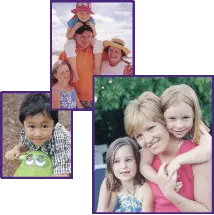
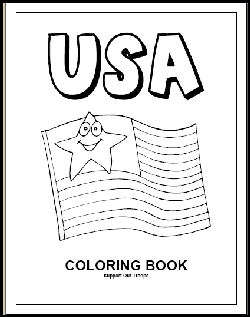
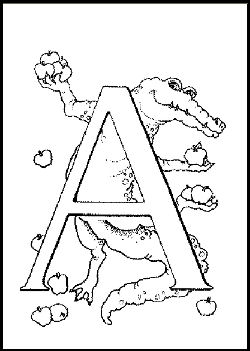

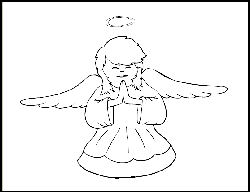
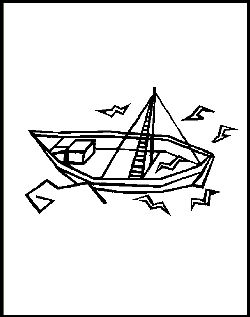
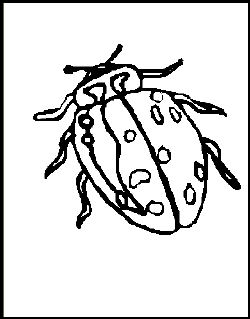
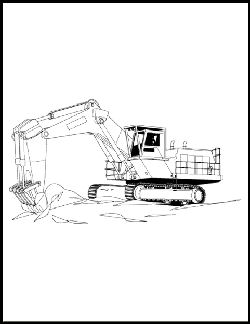
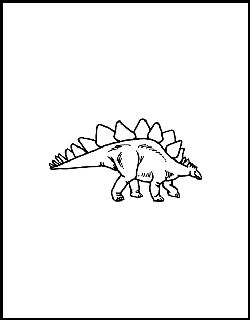
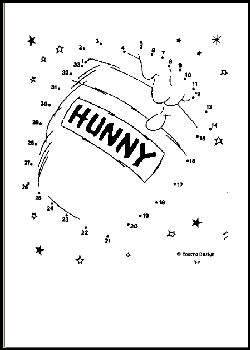
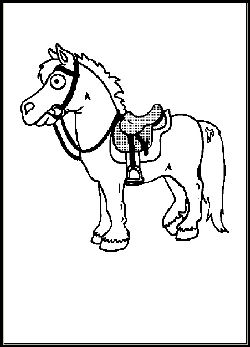
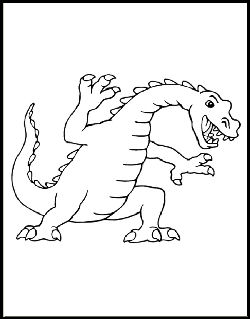
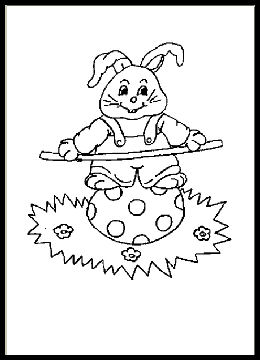
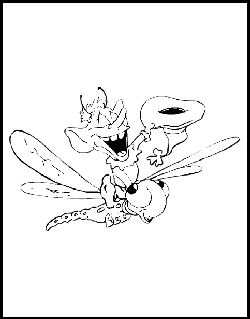
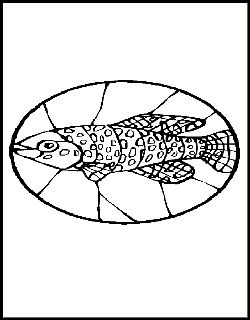
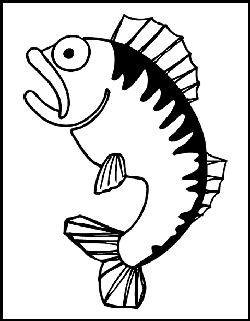
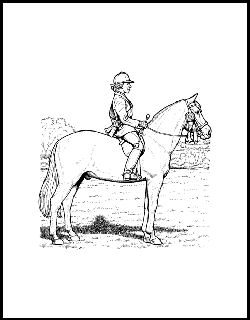

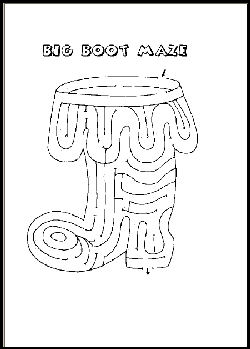

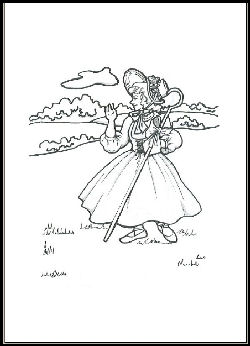 >
>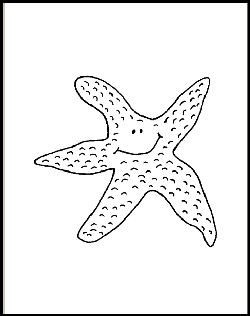 >
>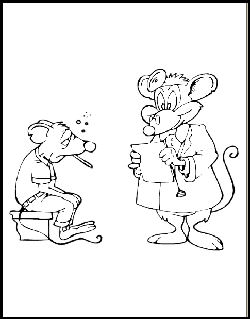 >
>